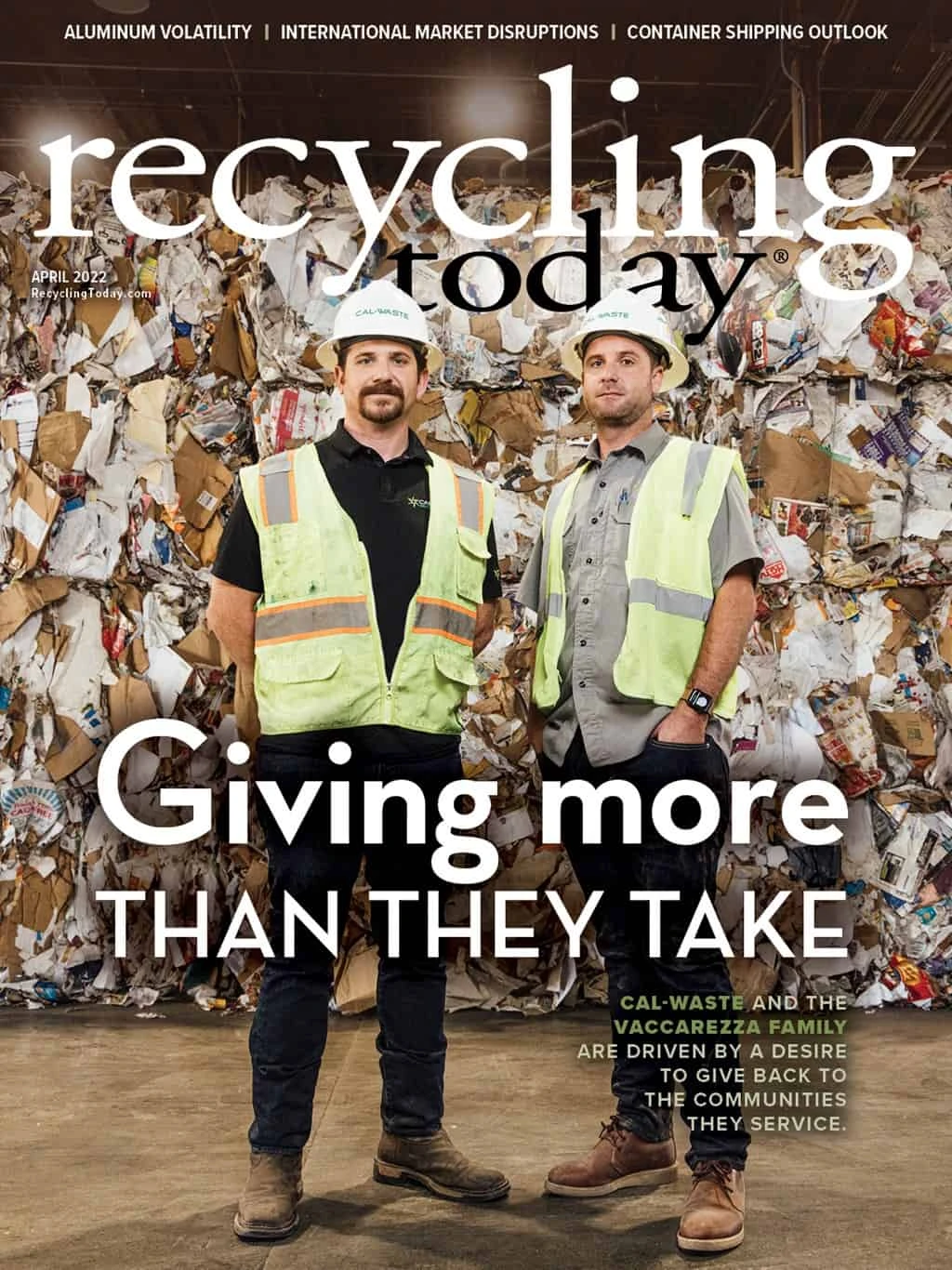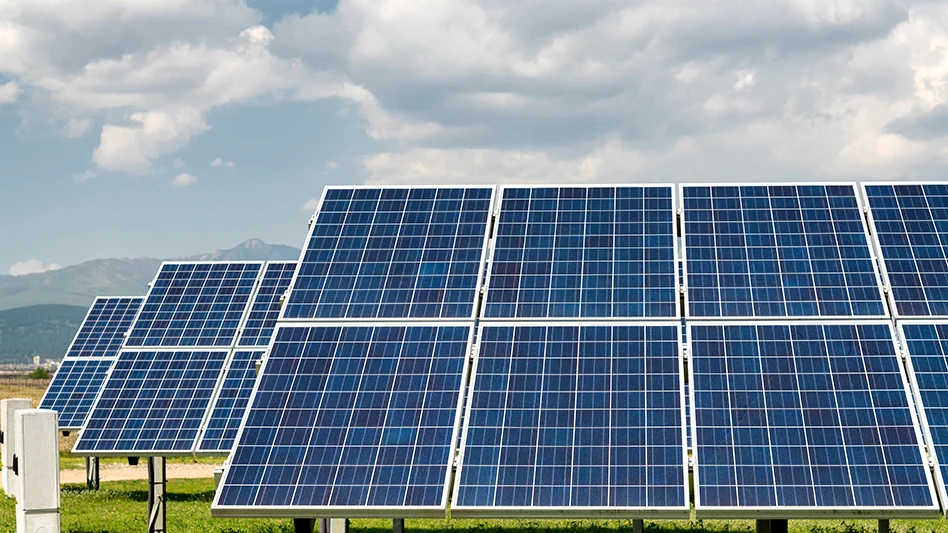

The container shipping industry seldom makes the mainstream news, but when it does, the news is rarely good. Such was the case in 2021 when the industry hit the headlines twice: first because of the grounding of the container liner Ever Given in the Suez Canal, then because of port congestion on the U.S. West Coast and the resulting supply chain disruption around the world. Neither story generated positive coverage for the industry.
But if 2021 was an annus horribilis for the container shipping industry, most of its senior executives would happily accept a rerun in 2022. Container liners did more in 2021 than merely recover from their prepandemic slump—they posted results unprecedented in the history of the industry. The carriers in our study reported combined earnings before interest and taxes (EBIT) of $82 billion—up 387 percent from 2020 and 16 times greater than the prepandemic year of 2019. Combined revenue topped $265 billion—up 46 percent from 2020 and 55 percent from 2019—thanks to surging cargo volumes and a 200 percent increase in rates to six times prepandemic levels, according to the Shanghai Containerized Freight Index Comprehensive Container Freight Rate Index as referenced by Clarksons Research.
The fundamentals that set the stage for 2021’s stellar performance include tight capacity brought about by five years of consolidation and the formation of three global alliances controlling more than 80 percent of capacity; ongoing demolition of older vessels; and dwindling orders for newbuilds. Carriers resumed ordering new tonnage in 2021 and the first new vessels will arrive in 2022-23, adding to the industry’s capacity just as trade volumes might be turning lower.
As they await delivery, carriers must address the industry’s abysmal service record. On-time reliability hit a historic low in the third quarter of 2021, falling to 34 percent from a recent high above 80 percent, according to Sea-Intelligence. Clogged ports, delayed deliveries and empty store shelves became staples of evening news broadcasts, prompting the White House to intervene to try to break the logjam at West Coast ports.
Carriers, nonetheless, are driving hard bargains in their contract negotiations with shippers, imposing record-high rates and stiff penalties for noncompliance with contract terms.
Although many factors driving port congestion in 2021 are outside carriers’ direct control, they will have to address certain structural elements, including:
- COVID-19 spikes that continue to constrain labor supplies at many container terminals, which have a backlog of vessels waiting to berth;
- low chassis availability within the U.S., with little expectation of immediate relief in 2022, according to the Journal of Commerce;
- limited labor availability at warehouses, road freight providers and drayage providers, among others; and
- rail congestion caused by surging demand after two years of low volume.
Putting the windfall to work
How do carriers intend to invest their record earnings? Evidence from the marketplace suggests most container lines are taking one of four pathways to growth and financial health:
Acquisitions and expansion. Carriers committed $21 billion to acquisitions and share buybacks in 2021. Logistics providers were the principal acquisition targets as carriers sought to integrate ocean freight services with landside services at the destination or point of origin. Air freight operators were the next-most-frequent targets, the Wall Street Journal reported.
Balance-sheet repair. The profit surge slashed the industry’s leverage ratio (calculated as earnings before interest, taxes, depreciation and amortization (EBITDA)/total debt) from 8.5x in 2019 to 0.8x at year-end 2021, while interest coverage rose to 19.8x in 2021 from 0.73x in 2019. But carriers have put only $10 billion toward reducing debt, preferring instead to borrow to fund fleet expansion. Nearly 6 million 20-foot equivalent units (TEUs) of capacity are being readied for delivery in the next few years. In the past, such profit-fueled buying sprees saddled carriers with excess capacity and onerous debt loads when the economic cycle turned.
Cash increases. The ocean carriers in our study increased their cash reserves by $43 billion in 2021—up 178 percent from 2019—to $67 billion. How they choose to deploy those funds largely will determine which carriers will be best prepared for the next turn in the cycle.
Stakeholder rewards. Approximately $4.6 billion of the windfall is on the way back to shareholders through either dividends or share repurchases. Some liners also are paying employee bonuses—equal to 40 months’ salary in some cases, as reported by Taiwan News.
Causes for concern
While container liners are making the most of their current prosperity, today’s supply-demand mismatch could flip, possibly beginning as soon as 2023. That’s why industry leaders are closely watching several trends and developments:
Expanded capacity. As previously noted, the 2021 order book for new vessels more than doubled from 2020’s record low level. Even if liners limit their appetites for new tonnage, the supply of vessels likely will increase 23 percent by 2025, exerting downward pressure on rates.
Materials costs. The prices of inputs such as steel, steel scrap and components have more than doubled from prepandemic levels and likely won’t ease in 2022, according to an article in The Maritime Executive. Newbuild prices themselves rose 26 percent to 28 percent in 2021, according to Clarksons 2021 Shipping Market Review, and prices of secondhand vessels rose 200 percent according to VesselsValue Ltd.Additionally, container prices are climbing.
Labor uncertainty. Collective bargaining with unions on the U.S. West Coast will launch in mid-2022, and negotiations could lead to labor slowdowns and port congestion.
The persisting pandemic also will affect labor availability and productivity. The omicron variant of the coronavirus that causes COVID-19 drove a sharp increase in infections in China, Germany, the U.S. and Vietnam in the fourth quarter of 2021 and further localized outbreaks could lead to port closures and reduced labor availability, Quartz reported.
Government action on supply chains. Governments around the world are working to relieve the supply chain crisis. In addition, shippers are pressing legal claims of price gouging by carriers in China and Europe, according to Freightwaves. Any remedial measures taken likely will have little direct effect on rates but eventually could reduce wait times at ports and improve reliability.
Regulatory pressure on emissions. The International Maritime Organization (IMO) is pressing carriers to reduce their carbon and sulfur emissions. The addition of larger, more efficient vessels to fleets plying key trade lanes will help reduce the industry’s carbon intensity per TEU. As for sulfur emissions, the industry already is moving away from high-sulfur bunker fuel, driven by the implementation in 2030 of much tighter IMO limits on sulfur emissions.
Liners will have to choose a dual-fuel option for their newbuilds—most likely either liquid natural gas or methanol. The wrong bet will be hugely expensive and difficult to rectify. Carriers also will have to reserve capital to retrofit their existing fleets for dual-fuel consumption once the industry agrees on a common standard.
Demand trends also bear watching. Consider the following contingencies:
Falling corporate profits. If earnings go into reverse, higher shipping rates could deter some shippers from manufacturing or importing some lower value goods. And earnings might already be on the downswing. For the first time since the second quarter of 2020, the number of companies offering negative quarterly earnings guidance now exceeds the number of companies offering positive guidance, according to analysis from FactSet.
Slowdown in consumer spending and demand. Consumer outlays dropped for six consecutive months in the second half of 2021, according to the U.S. Bureau of Economic Analysis, as durable-goods demand eased. Spending on durables might have peaked already for the cycle.
Consumer income erosion. The phaseout of government payments to consumers in the U.S. and the EU could lead to a falloff in discretionary spending. In addition, recent wage increases in the U.S. and Europe trail the inflation rate, which could further depress demand. Finally, the U.S. and U.K. central banks have committed to several interest rate hikes in 2022, which already has restricted the availability of capital.
Regionalization of supply chains. The supply chain stresses of 2020 and 2021 are driving business to bring key links in goods supply chains closer to home. The relocation is underway in the EU and the U.S., with much of the shift in U.S. supply chains toward Mexico. The relocation of supply chains also is increasing volumes shipped along second- and third-tier lanes to secondary ports.
The rate environment itself is in flux. In previous years, one-year contracts were the norm and big importers routinely won concessions on accessorial fees. Contract enforcement was lax, and most carriers were willing to serve inland points. But liners in 2022 are looking for two- to three-year contracts and are reluctant to waive accessorial fees and grant extra concessions. They want to penalize importers for failing to meet contract obligations and are much less willing to move containers inland.
Stakeholder implications
Although the bulk of the industry’s earnings are flowing to container ship owners, freight forwarders and logistics companies likely will prosper as well. Newly formed or enhanced relationships with carriers will improve their value propositions and secure volume as demand normalizes. Freight forwarders and logistics firms will accelerate automating their operations given labor scarcity and productivity challenges.
Shippers and importers still will have to contend with elevated shipping rates. In addition to passing their higher costs through to customers, shippers are optimizing container use and more aggressively managing the key drivers of transportation costs. More shippers will try to negotiate variable rates in their long-term shipping agreements.
Bracing for a downturn
After a decade of dismal returns, container liners are taking advantage of their pricing leverage while it lasts and deploying their massive cash hoards cautiously, as if bracing for another 10-year slump, and for good reason. When the economic cycle turns, hard-pressed shippers will have little inclination to offer carriers concessions or refrain from demanding rate relief. Container shipping executives might want to bear in mind that in their relationships with customers, just as in their investment allocations, the decisions they make today will reverberate for years to come. More money does indeed bring problems of its own.

Explore the April 2022 Issue
Check out more from this issue and find your next story to read.
Latest from Recycling Today
- New recycling grant program launches in Massachusetts
- Tire Recycling Foundation names executive director
- Dock 7 named 2025 Exporter of the Year at New Jersey International Trade Awards
- Waste Connections reports ‘better than expected’ Q1 results
- Commentary: How EPR is transforming the packaging industry
- Acerinox names new North American Stainless CEO
- Greenwave closes 2024 books with red ink
- Steel Dynamics nets $217M on record shipments





